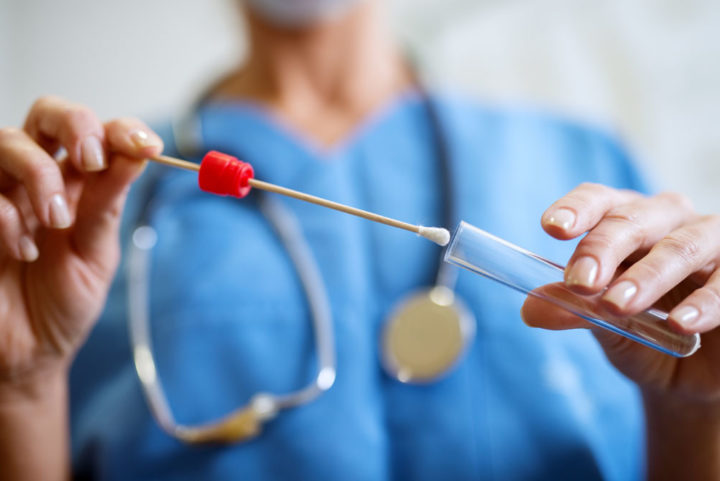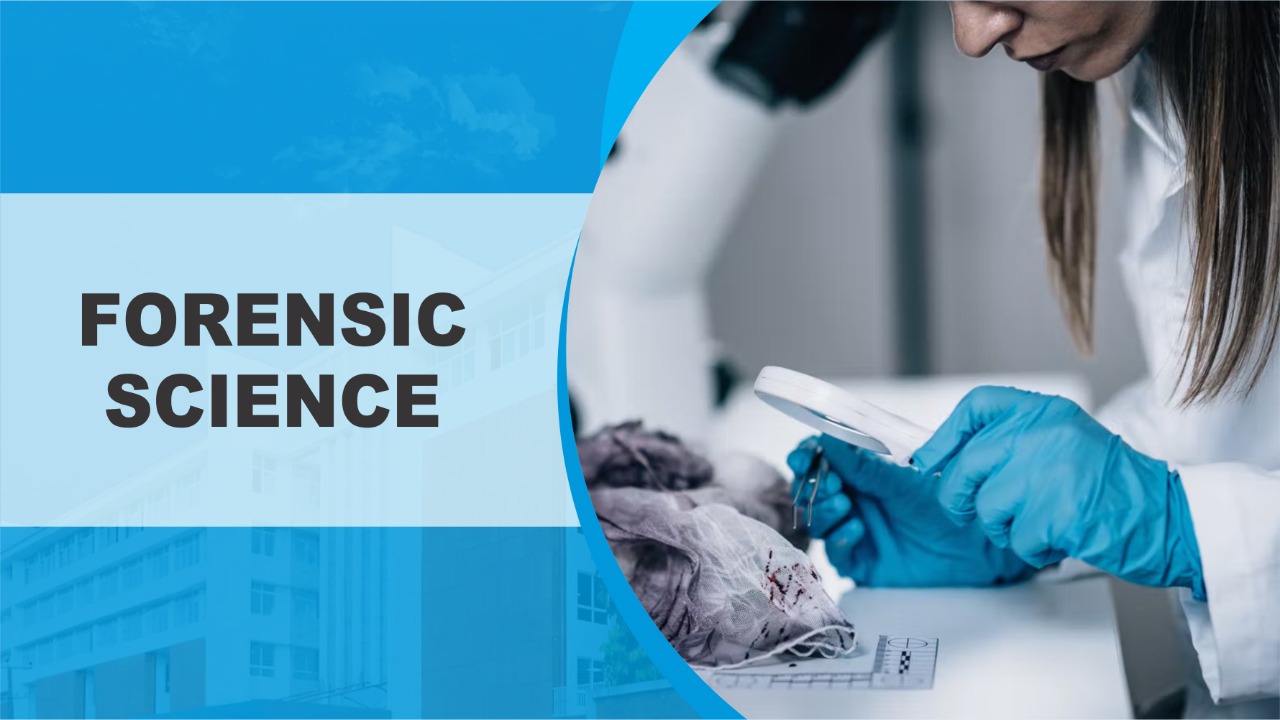According to researchers at Murdoch University, a recent finding reveals that bacteria may be able to identify sexual assault offenders.
A leap forward has been taken in the field of forensic science with the discovery made by Ms. Ruby Dixon, a PhD candidate at Murdoch University along with the help of senior lecturer Brendan Chapman.
Dixon stated that the motivation that drives her to develop new and innovative methods of obtaining evidence to hold the perpetrators accountable is the increased incidences of sexual assaults.
Her discovery, recently published in the Forensic Science International Journal suggests that in the absence of DNA, bacteria might be used to identify sexual assault offenders.
Motivation behind the study
Dixon said that millions of people experience unfortunate incidences of sexual violence in their lifetimes, in fact, her close friends and family have also been victims of such incidences and thus she passionately remarked on her research as something that will one day bring positive impact on the outcomes of victim-survivors.
She investigated the bacteria that naturally develop in the human sexual organs before and after intercourse. The findings revealed that an exchange of bacteria occurred between men and women during sex.

If further research confirmed that the bacteria was unique to the individual, it could be used to identify culprits in circumstances when DNA was not available.
The ultimate goal of the study according to Dixon is to be able to take a swab, analyze the bacteria and connect it back to an individual or at least help to eliminate the suspects.
How it may be beneficial for the victims
Mr. Chapman stated that new forensic technologies were required as the male DNA could be difficult to extract from swabs that contained an insufficient number of male cells. He explained that because of the nature of where they are sampling from, there is a greater concentration of female human DNA and thus it gets extremely difficult to identify a male sample in that kind of cellular mix.

As Mr. Chapman has worked as a forensic scientist for police and DNA laboratories in the past, he said that he has observed firsthand the difficulties and complications that arise in securing a conviction in sexual assault cases.
He anticipated that developing innovative ways to supplement victim testimony with forensic pieces of evidence would contribute to improving the outcomes of sexual assault victims.
According to Mr. Chapman, there is an increased interest in using microbiology as a forensic science tool, such as analyzing bacteria on the tyres of a suspect vehicle to determine if the soil can be matched to the crime site.
However, he stated that Ms. Dixon’s work was the first to show that bacterial exchange happens during sex. He believes it to be a ground-breaking finding for forensic science. However, he said that the research was still in its nascent stages and that it would take a while before the procedure would be ready to be used by the state forensic laboratories.
Hopeful for a Big Impact
Mr. Chapman claimed that even if additional research revealed that the bacteria was not entirely unique to an individual, it would still probably be distinct enough to rule out potential sexual assault suspects.

According to Ms. Dixon, testing for bacteria wouldn’t subject patients to any more tests, preventing the chance of adding to their distress.
She said that even inside her own social circles, the results of her research were already having a favorable effect. Based on what I’ve said about my present research, some friends have felt inspired to share their own experiences with me. That people are able to express their thanks that this kind of work is happening and that efforts are being made to improve the results, in my opinion, is also very, truly special, Ms. Dixon said.
Despite being slightly intimidated by the amount of work left to be done, Ms. Dixon said she was eager to see what the research may provide in terms of practical outcomes.













